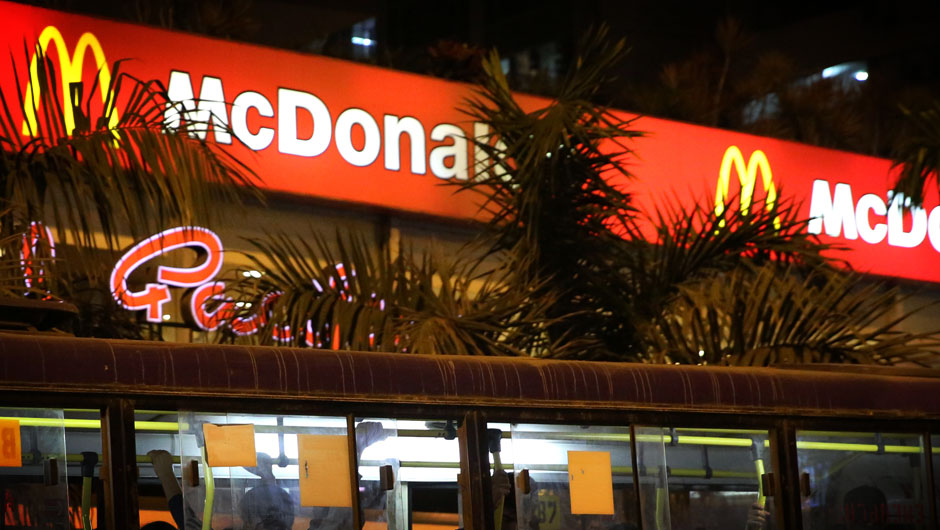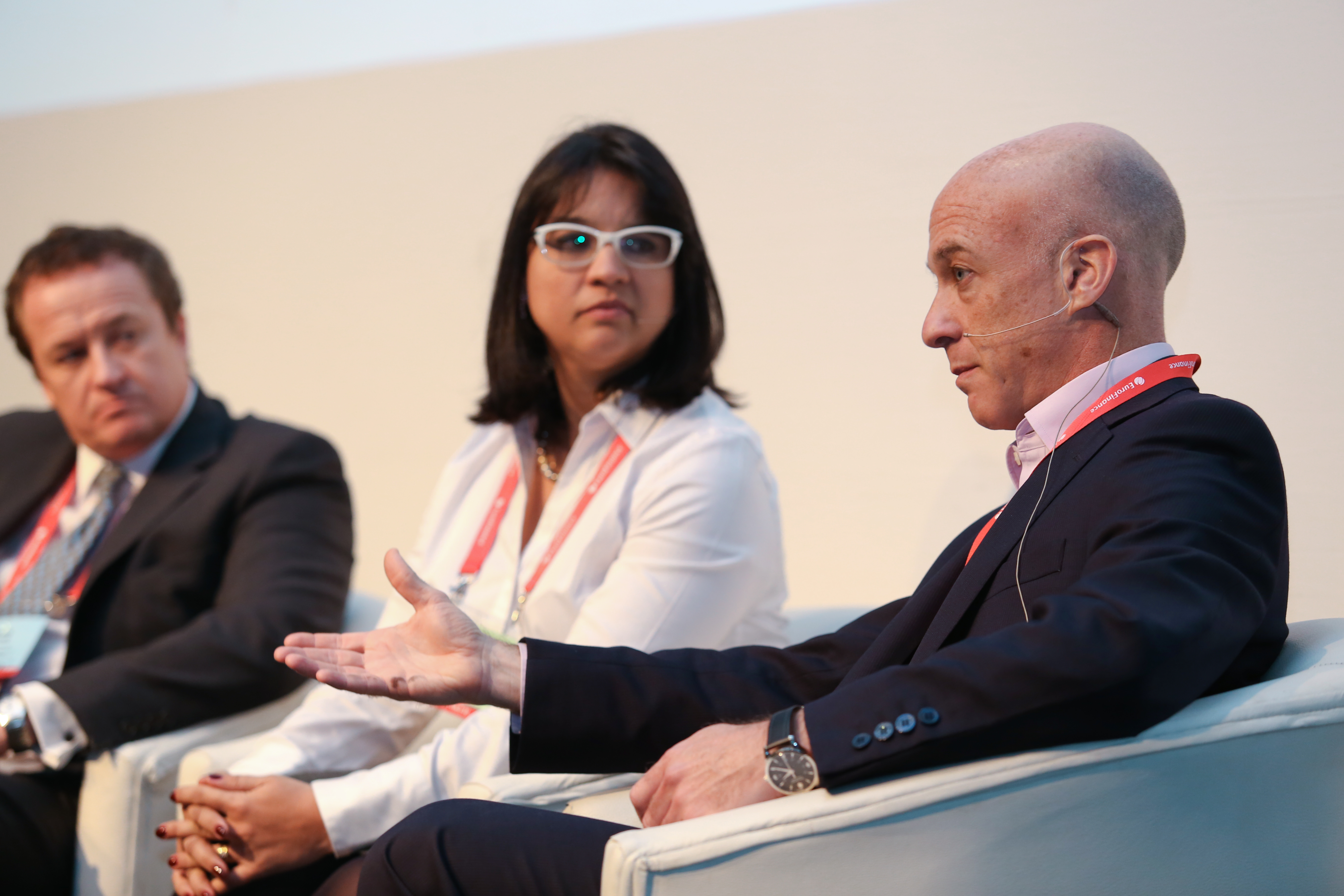Taking a bite out of FX risk in Latam

Latin American restaurant giant Arcos Dorados has debt and input costs in dollars but manages the FX mismatch with an effective hedging strategy.
“With over $600m of obligations in US dollars but cash flow from a number of markets coming in local currencies, our foreign exchange risk management has to be extremely robust” comments Mariano Tannenbaum, CFO of Arcos Dorados, the world’s largest McDonald’s franchisee with an annual revenue in excess of $3bn.
The company has operations in 20 countries and territories across Latin America and the Caribbean. Operating the world famous burger restaurants on this continent-spanning scale generates cash flow in a variety of local currencies. This poses an FX challenge to the treasury headquarters in Buenos Aires, particularly when considered alongside the major US dollar obligations.

Managing FX in bond exposures
The bulk of the company’s dollar exposure comes from two bonds, one worth $348m that is set to mature in 2023 and another of $265m maturing in 2027. To cover that risk, the company has a policy that at least 50% of its debt should be converted to local currency. The main local currency that Arcos Dorados handles is the Brazilian real, as approximately half of its sales come from Brazil. The company has cross-currency swaps in place for approximately $300m, half of its debt obligation.
“That means that if the Brazilian real devalues against the dollar, half of the debt is covered and Arcos will not have the full risk of that devaluation” says Tannenbaum. “We face in the region of $50-55m in interest payments per year, but with half of that now linked to the Brazilian real, the dollar exposure in terms of interest expense is between $25-28m, depending on the spot. As we generate dollars in Panama, Puerto Rico, Ecuador, and the Caribbean, this becomes a comfortable obligation”.
Tackling FX impact on P&L
The company also faces a profit and loss (P&L) exposure should there be devaluation in any of the bigger markets with local currencies that it imports from, as its imports are defined in US dollars.
In order to smooth the impact of FX volatility in the P&L, the company targets a 50% hedge of that exposure, using Bloomberg’s platform to obtain live FX prices from its five participant banks: Citi, J.P. Morgan, Bank of America, Santander and Itau. The total volume for this is approximately $150-170m per year.
“This is set up for imports from Brazil, Argentina, Colombia, Chile, Uruguay and Mexico” says Máximo Ayerza, Corporate Treasurer at Arcos Dorados. “Occasionally we have also done this in Peru and Costa Rica, but capital markets are not very developed in Costa Rica, which makes it somewhat expensive. In Peru, meanwhile, the neuvo sol is not very volatile so there is little cost benefit in taking this approach”.
The 50% hedging policy is not an average, but rather it is implemented in all markets. “The only exception would be if we see a very good opportunity, but that would be a tactical move” Tannenbaum says. “Having the flexibility to make this change would require both CFO and VP of Supply Chain approval. But our policy is to hedge 50% in each currency”.
Some of the markets have conditions where it is very efficient to hedge, such as Colombia or Chile, where the interest rates are very low so companies do not have to pay a steep curve on their forwards. Elsewhere however, such as Argentina currently or Brazil in the recent past, this has not been the case. For Arcos Dorados, targeting 50% of the P&L exposure gives the company almost all of the benefits of having a policy in place, but at the same time control to ensure it is not paying too much for that coverage.
Cash management
With obligations in US dollars, whenever Arcos Dorados has permanent excess cash in the market, treasury converts this to US dollars. The company also has an ambitious capital expenditure (capex) plan in order to grow in the region, which means that local currencies will sometimes be put to use in country.
“In Latin America, the opportunities for growth for our brand are very important” says Tannenbaum. “That means that when a country generates cash that is going to be used in the same year in the capex initiative – such as opening new restaurants or remodelling existing restaurants – then we invest that local currency and keep it in that market”.
When a region generates excess cash on top of the capex obligation in the short-term, then the cash is centralised and convert into US dollars.
“We have some markets that have a surplus of cash every year, so there are markets that we can take cash out of when conditions are appropriate, and then we have some other markets that need some funding” adds Ayerza. “In this case, we use our corporate treasury and the cash that we have at a holding company level to fund markets with needs and use that cash and our in-house bank to help our different companies”.
For the cash that is required back at central treasury, the company faces no problems in terms of repatriation or conversion as, aside from Venezuela, there are no major restrictions to moving cash within Latin America.
“We have a very sound cash pool structure that allow us to allocate cash where ever we need it without much cost” Tannenbaum says. “In the past, Argentina had some restrictions, but we have an important portion of our corporate overhead in Argentina, meaning our Argentinean peso outflow more or less matches the Argentine peso inflow for our operations in country. This provides us with a natural hedge.